Emerging and maturing technologies are coming together to give mankind hope for a brighter future and digital antidotes to heal the tech world. This movement seems to be creating a new constitutional fabric and space wherein each and every individual and business can interact and operate independently in their own persistent digital universes (PDU). And in this article we’re going to discuss what this new frontier is, what’s driving it and how it’s already being built.
What’s a Persistent Digital Universe?
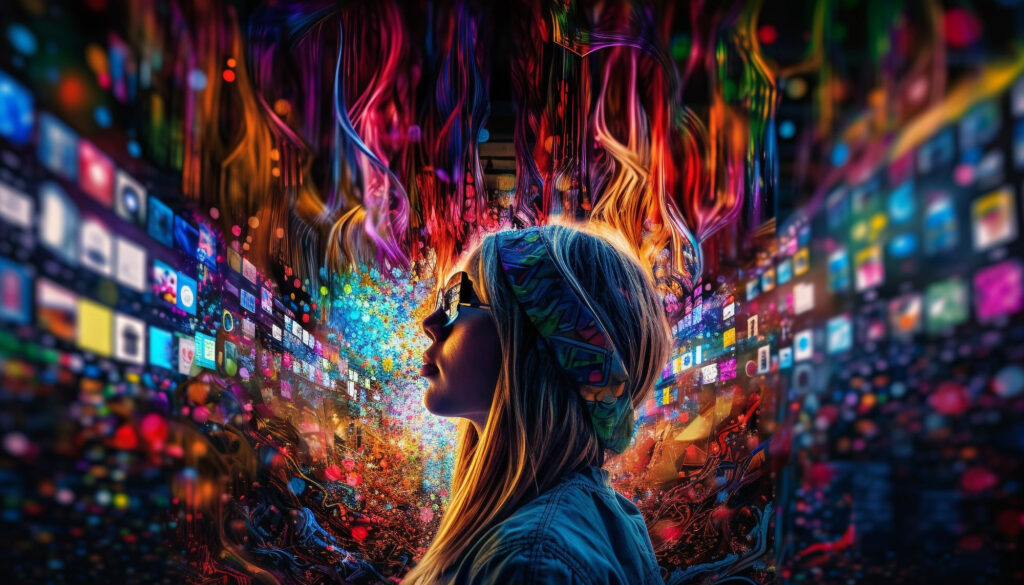
You may be used to turning on a video game, playing it for a bit, saving then powering it down. Or in business terms, you may be used to spinning up computer resources for a project and then shutting it down when you’re done. Or if you’re really advanced, you’re running a session with AI and closing or deleting it when done. Imagine a video game or system, you always leave running and things continue to happen without you. Think of a core system, like JARVIS in the Iron Man movies: always on and working. That is the strange and interesting future of the persistent digital universe.
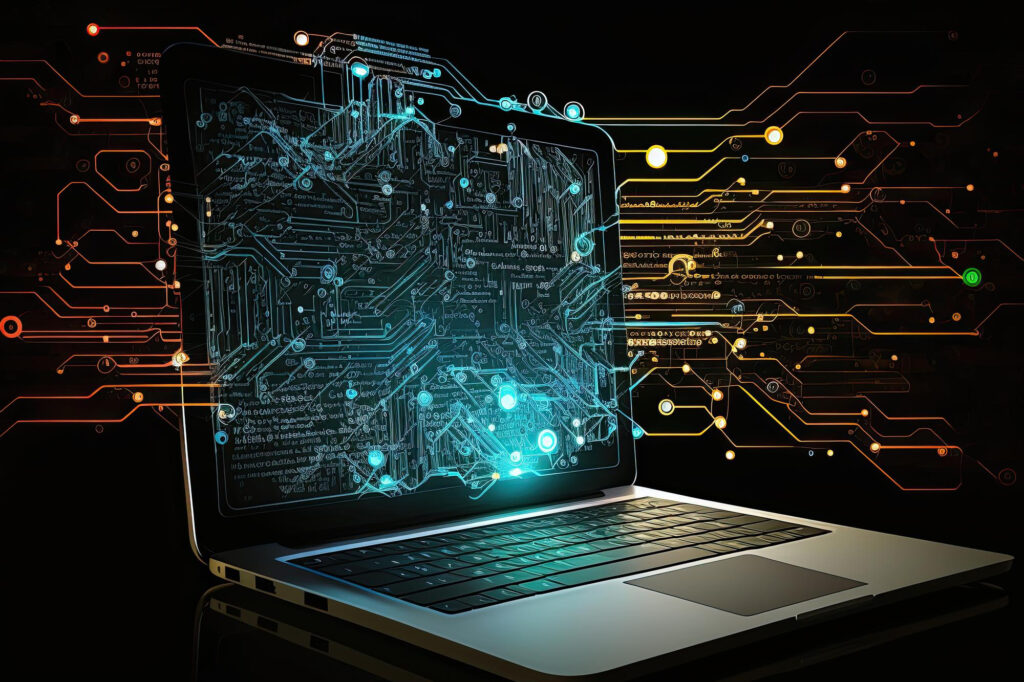
A persistent digital universe (PDU) is a systems architecture concept in which a continually operational, interconnected digital environment, functioning independently of user interaction. Much like our physical universe, it persists across time, maintaining data and processes even when users are not actively engaged. In these digital universes, individuals and organizations can create, operate, and secure their private realms, where they control and maintain their own data, systems, and digital experiences.
Persistent Environments Carry On With or Without You
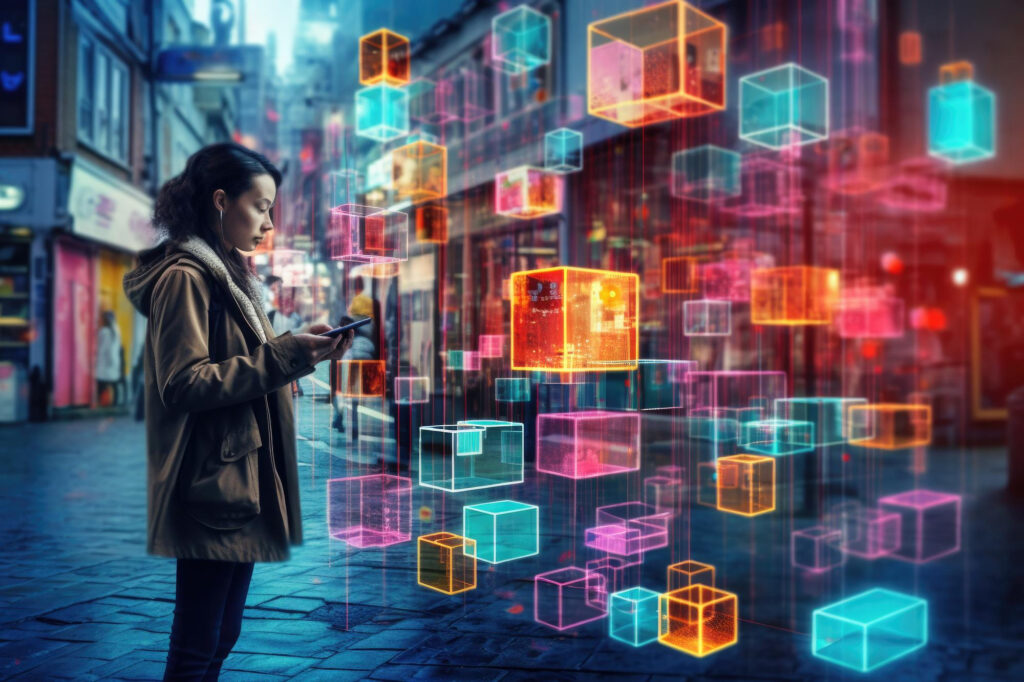
Imagine a building full of your employees working around the clock. And you walk away and clock out at 5pm and never check in again for years – and the work continues to get done. And all those employees are AI agents. It’s possible, and it may become the norm.
Imagine an environment and architecture – that is built to last a lifetime or 100 lifetimes.
Imagine you create a hub digital environment – an interface that brings all the tools, apps and data together. Imagine that hub evolving and adapting over time without your intervention, persisting to exist based on the principles of its programming and architecture. It would adapt as tools change, replace them with better ones if need be, migrating and managing all the data involved. It could run for centuries as it evolves.
7 Movements Bringing the Persistent Digital Universe Closer to Reality
1. Growing Awareness of Risk and Vulnerability of Choke-Point Centralized Models.
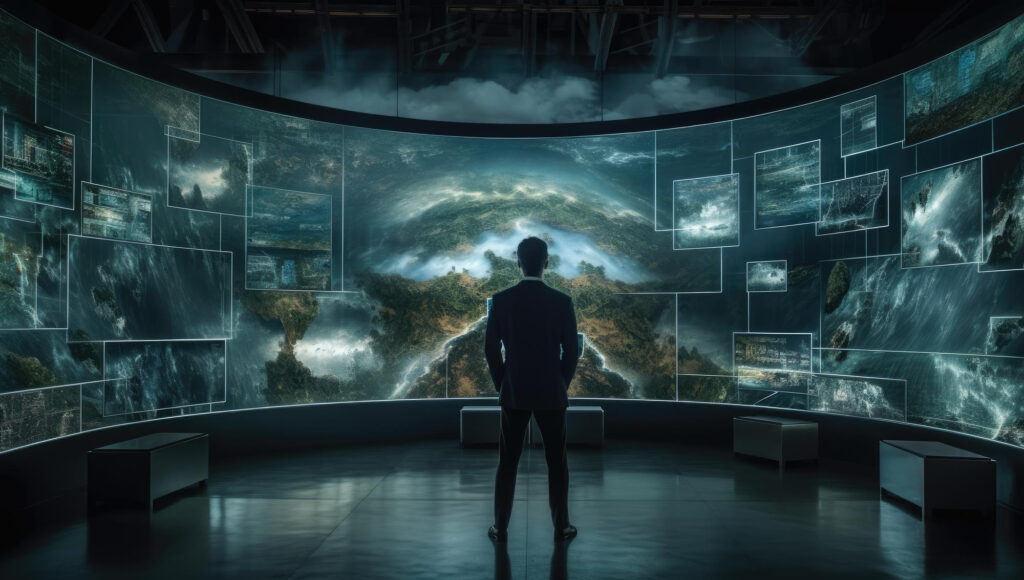
Timing is everything. Necessity is the mother of all invention. It is no accident that critical technologies are converging in alignment in the same direction. It’s built of the culmination of movements all stumbling in the dark seeking a better future and the growing awareness of the problems with the systems and structure of the present. It’s no wonder this new vision arrives in the middle of an unprecedented culture war, growing awareness of platform volatility, user exploitation, coercion, corruption, cancel culture, and other systemic vulnerabilities, add tectonic risk for businesses remaining bound to the great centralized titan tech platforms
2. No-Code, Low-Code Revolution: Building Digital Universes
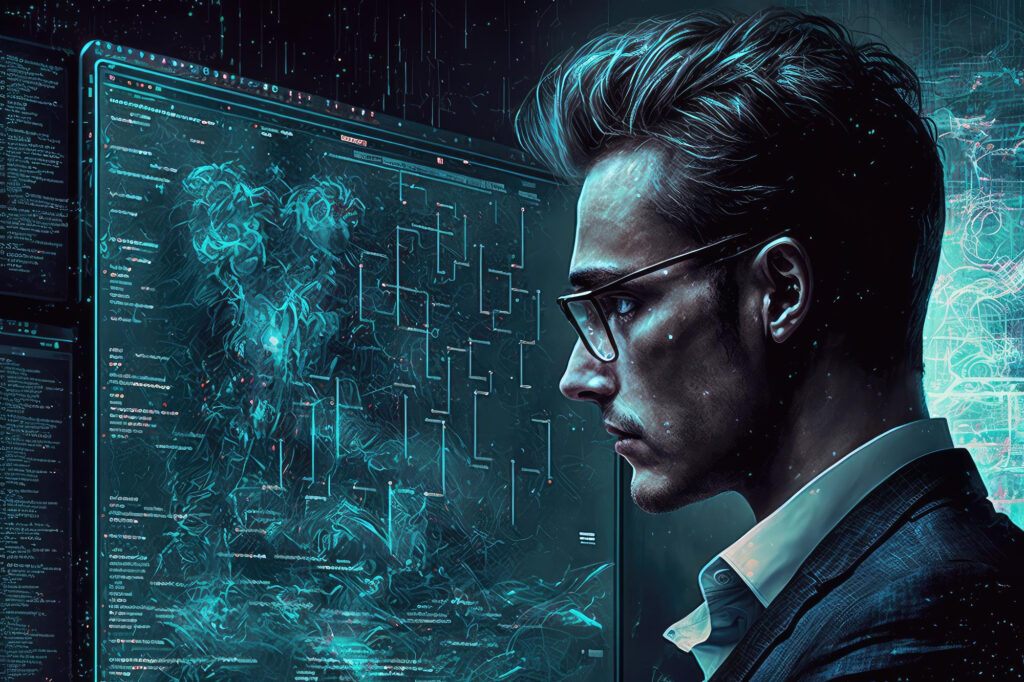
One development that often goes unnoticed is the no-code and low-code movement. This revolution has made creating digital workspaces, apps, and other tools significantly easier. What was once a complex task can now be handled by AI, or even by children as young as four years old. Yet, this transformative movement often goes overlooked amidst the noise of politics, pandemics, and cultural clashes.
3. Decentralized Apps and Encrypted Connections

Now there are many forms of PDU from this core idea. Maybe you don’t want to rely on connections to the outside world. Maybe you want it encrypted away from prying eyes and the competition. Maybe you want everything decentralized but unified in your universe.
4. Connected DApps in a Decentralized Network Unified by a Persistent Architecture
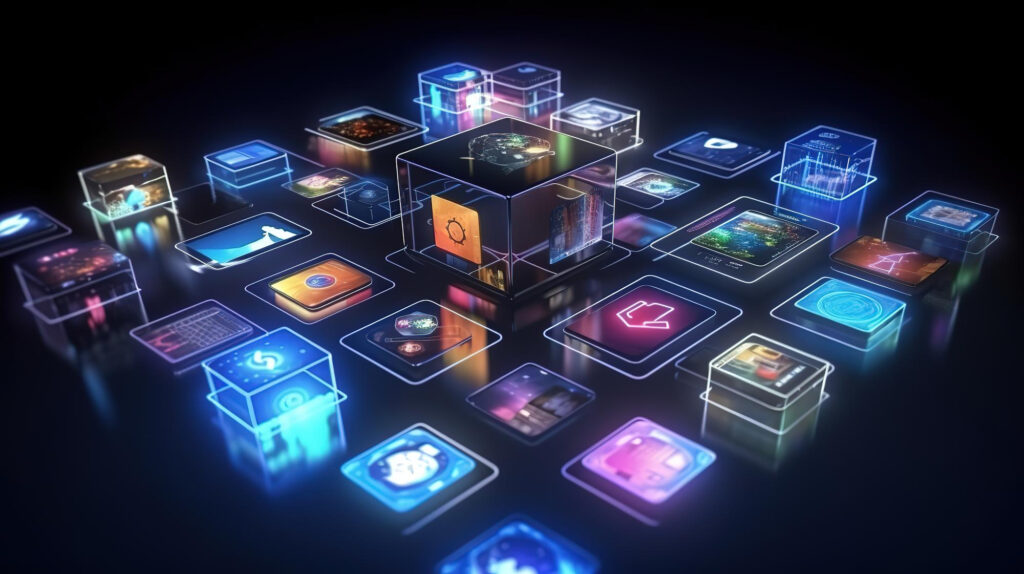
At the heart of this particular Persistent Digital Universe are decentralized applications (DApps). Unlike traditional applications, which are managed by a central authority, DApps operate on decentralized networks, such as blockchain, that distribute data and processes across multiple nodes. This decentralization makes the applications more resilient to failures, censorship, and control from any single entity.
When these DApps are interconnected, they form a secure, decentralized network within the PDU. The connections between these DApps are secured using encryption, ensuring the data exchanged is only accessible to the intended recipients, thus maintaining privacy and security within the PDU.
For instance, you could have a DApp functioning as a private workspace in your PDU, where you create and store documents. Another DApp could serve as your personal communications hub, handling emails or messages. Yet another could manage your financial transactions. These apps are interconnected, so you can send a document from your workspace app to someone via your communications app or make a payment related to a document via your finance app.
The encryption of these connections means that any communication or data exchange between these DApps is secure. Even though the apps are interconnected, an external entity can’t access or read the information being transmitted unless they have the appropriate decryption keys. This encrypted ecosystem enables you to maintain a secure, private digital universe.
5. Generative, Managerial A.I.
Forget the Agent AI – Let me speak with your manager!
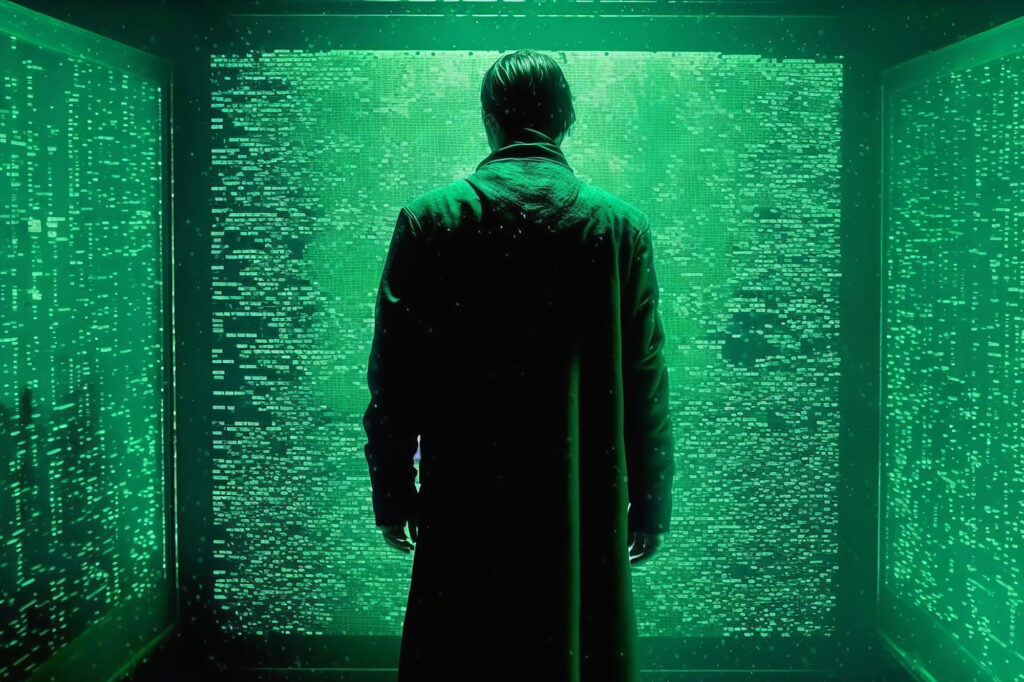
Generative AI tools change so quickly that it is hard to keep up. But allow me to draw your attention to a new emerging trend that will blow your mind. The AI agent trend will quickly give rise to the AI managerial trend, imagine an AI that manages other AI, not merely an AI carrying out projects instead of just tasks. With that in mind, all that quality time training your new manager AI (think closer to JARVIS than ever), can now spin up entire work environments portfolios of projects and develop strategies and rules as to what and when necessitates human intervention. If you’ve used the current generation of AI to create and execute code, you can quickly see how it could be easily tasked with virtually staffing out a department, business, or entire virtual world.
Imagine everyone has the power of a CEO of a Fortune 500 in their pocket, they need only give it the right direction. New perils and new possibilities. The limit would be the intelligence of the one doling out the instructions and paying for the resources required for the AI labor. The average Joe in the driver seat, limited only by their imagination and intelligence and the cost of running the hardware to make it all happen. Suddenly all the strategic and creative, visionary and communication skills become more important than ever.
Now a Persistent Digital Universe of this type would be able to manage itself and spin up resources up and down as needed in order to maximize performance and efficiency. The user may have limited resources which may restrict the persistent nature of the PDU to some extent, but they could always have the work prioritized and put the quarters in the machine down the road.
6. Spatial Computing

Like it or not the screens are getting bigger and more immersive. Just as smaller screens changed us from a more thoughtful creator society to the selfie- consumer society, bigger screens change the game too. As multiple ultra-wide monitor setups continue to grow in popularity, this too transforms what we can do in a digital world and how we do it. Now take all of those studies and bring it to 3 dimensions. Whether this is through AR/VR/XR or combination in between, it is clear that digital is pushing to this new paradigm, and there is war over who will control it. Just look at Meta and Apple. One supercheap platform (so long as you don’t mind surrendering all your data in perpetuity) and the other expensive and more privacy concerned. These are but 2 competing ideas in an emerging paradigm of spatial computing.
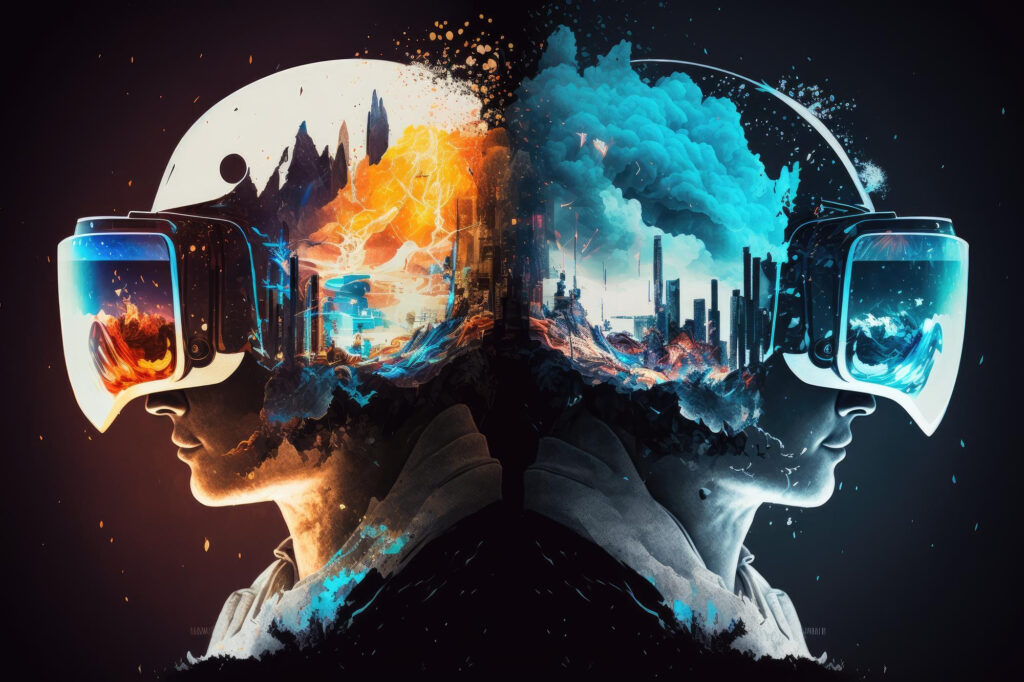
With great power comes great responsibility, and spatial computing promises more, offers more but will require more from the user. For the first time, thanks to all that AI, no-code and low code revolution, the average Joe will be able to create their own 3 dimensional space for work play and beyond. This will require that users have some base understanding of spatially-based organizational and relational architecture in both the physical and digital sense. It will require new skills in order to be proficient and productive in the new paradigm.
It is no wonder that the “choose your own destiny ”world-building trends are happening in parallel in both the business world (no-code, low code revolution), and video games (build/craft/use and play genre). These are the precursors, and baby steps as we enter the world of spatial computing.
7. The Journey Inward – Privacy, Security, Autonomy & Independent Operation

The web 2.0 world was all about outward expression, around the clock reality TV, streaming everything and showing it to an audience. Given the state of society and market conditions along with all these new great tools to tinker with, it just might be completely different for a day or two. Armed with independence, decentralization, and the world building tools in a persistent digital universe, the world may go dark, or more accurately private. These movements along with the desire for privacy and discernment may drive more inward, reflective and creative development. Expect to see more teaser trailers, and paywalls to look at all the great content ahead. There will be many circuses, some of them flea, and a few of them Barnum & Bailey I’d wager. It’s important to note that when you can build an entire universe in your pocket, you may for the first time in almost 2 decades dare to explore yourself again, reflect individually, refine professionally, and build something amazing before expanding outward.
5 Examples of Persistent Digital Universes
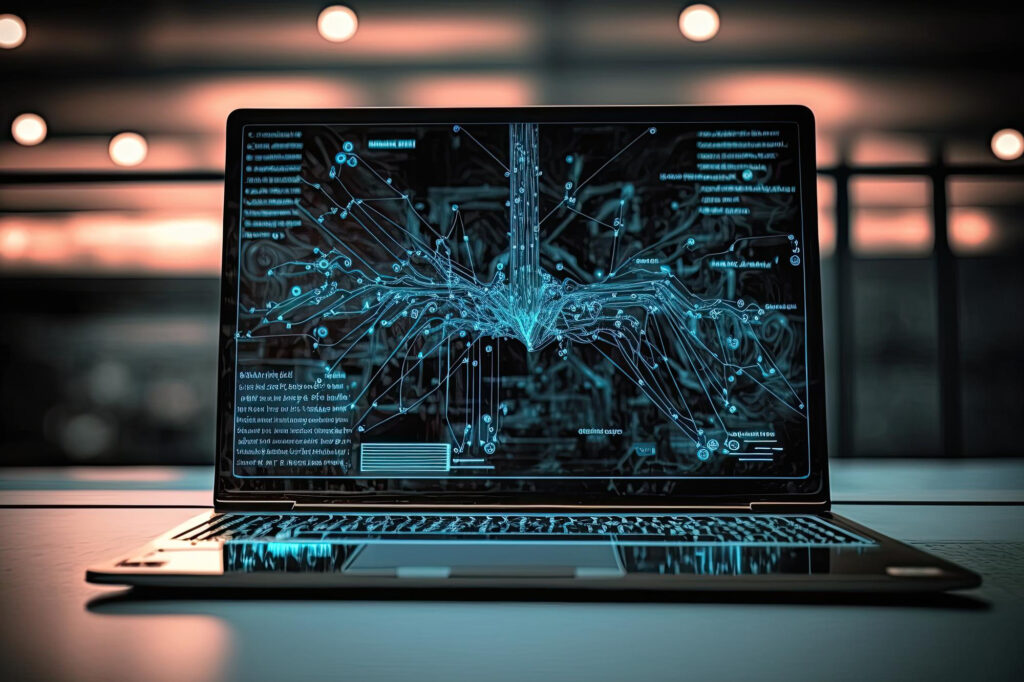
Cryptovoxels and Decentraland: These are virtual worlds built on the Ethereum blockchain where users can purchase land, build structures, and interact with others in a decentralized environment. These lands persist irrespective of user interaction.
Secure Scuttlebutt (SSB): This is a decentralized, offline-first social network where users can interact securely and privately. Messages persist on the network even when the user isn’t active.
IPFS (InterPlanetary File System): It’s a decentralized storage system where files persist on the network, accessible from any point at any time.
Mastodon: This is a decentralized social media platform where users can create and manage their content without centralized control.
Heroik PDU- Mk10 – Think of this as a HUD or mission control for a PDU. The Mk10 is an experimental, adaptive architecture built with a Unified Workspace Environment (UWE) at its core. It can be installed on any number of no-code/low-code environments or tech stacks. It’s an ongoing project in the Heroik Innovation Lab, designed to connect with thousands of existing business and enterprise apps, distilling data through a user-defined strategic lens, to ultimately guide the user through the entire life-cycle (design, development, management, operations functions).
These are just a few examples of how the raw ingredients of PDUs can manifest. As technology advances, we will likely see more diverse, integrated, and personalized digital universes emerging, shaping the future of digital experiences. Want some help? Reach out and Get Heroik! We offer a free project planning tool, and a free tailor-made business roadmap.





